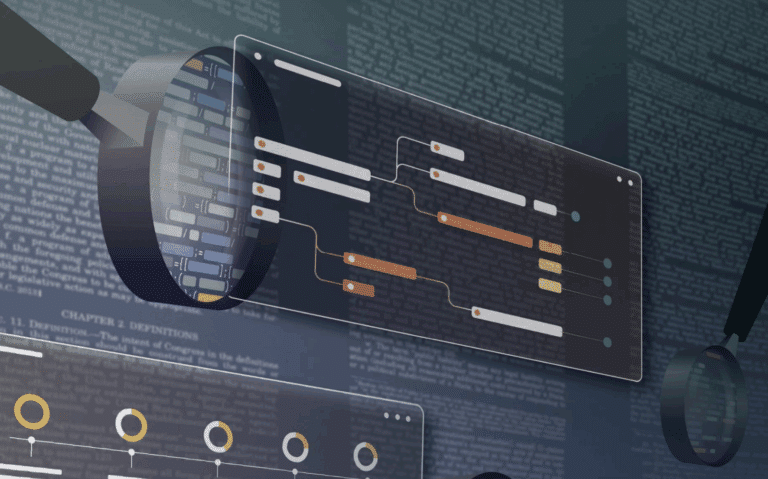Could a strategic lithium reserve kickstart US supply chain development?
NEW YORK -- A strategic lithium reserve is being mooted as a solution to stabilize volatile prices that have hindered American mining projects, allowi
Current Access Level “I” – ID Only: CUID holders, alumni, and approved guests only
Reports by Matt Bowen, Maya Lameche & Marine Gapihan • July 25, 2024
This report represents the research and views of the author. It does not necessarily represent the views of the Center on Global Energy Policy. The piece may be subject to further revision. Contributions to SIPA for the benefit of CGEP are general use gifts, which gives the Center discretion in how it allocates these funds. Rare cases of sponsored projects are clearly indicated.
For a full list of financial supporters of the Center on Global Energy Policy at Columbia University SIPA, please visit our website at Our Partners. See below a list of members that are currently in CGEP’s Visionary Annual Circle. This list is updated periodically.
Corporate Partnerships
Occidental Petroleum Corporation
Tellurian Inc.
Foundations and Individual Donors
Anonymous
Anonymous
the bedari collective
Jay Bernstein
Breakthrough Energy LLC
Children’s Investment Fund Foundation (CIFF)
Arjun Murti
Ray Rothrock
Kimberly and Scott Sheffield
While the United States (US) has facilities that can and do dispose of most low-level nuclear waste (LLW), it does not yet have a viable disposal pathway for two categories of waste: so-called greater-than-class-c (GTCC) nuclear waste, and nuclear waste with characteristics similar to it, or “GTCC-like.” These two categories essentially straddle the United States’ LLW inventory, for which disposal facilities are in operation, and high-level nuclear waste (HLW) inventory, for which no disposal capability exists.
GTCC nuclear waste is produced by multiple sources: commercial nuclear power plants, medical procedures, industrial and research activities, and Department of Energy (DOE) missions, including those related to national security and the cleanup of legacy facilities. These activities carry with them an ethical responsibility to dispose of the nuclear waste they generate rather than pass it on to the next generation. Security task forces have also identified the lack of a disposal pathway for sealed sources of GTCC nuclear waste as a concern, given the potential for its theft and use in a dispersal device.
This report, part of a series of publications on nuclear waste policy at the Center on Global Energy Policy, Columbia University SIPA, explores the history of DOE, Nuclear Regulatory Commission (NRC), and state efforts to develop disposal capabilities for GTCC and GTCC-like inventories. It explains why this gap merits greater attention from policymakers now and identifies measures Congress, the DOE, and the NRC could take, should they decide to address it.
US government efforts to develop disposal capabilities for GTCC waste date back to 1985 when Congress made it a federal responsibility. For a time, disposal in the planned repository at Yucca Mountain, Nevada, was contemplated. But in the absence of appropriations to move that project forward since 2010, the federal government recently issued planning documents that identify generic commercial LLW disposal facilities and the Waste Isolation Pilot Plant (WIPP) deep geologic repository in New Mexico as preferred alternatives. Of the commercial LLW disposal facilities in operation, only the WCS facility in Texas has expressed interest in the GTCC disposal mission. The political climate for GTCC disposal in both New Mexico and Texas has darkened in recent years, though, casting doubt on the federal government’s plans.
If the US government decides to prioritize the goal of establishing disposal capability for GTCC and GTCC-like nuclear waste, Congress, the DOE, and the NRC could take the following steps to help realize it in the near term.
The NRC is already experimenting and making improvements in reducing licensing review times without changing the diligence or substance of its evaluations, and the results are promising. If the projected volume of applications materializes, the NRC will need to continue to apply the new approaches it has begun using, as well as seek out additional efficiencies. This paper lays out actionable recommendations on what NRC can do now—under existing statutory authority—to further compress schedules while preserving safety, due process, and analytical quality.

CGEP scholars reflect on some of the standout issues of the day during this year's Climate Week


Full report
Reports by Matt Bowen, Maya Lameche & Marine Gapihan • July 25, 2024